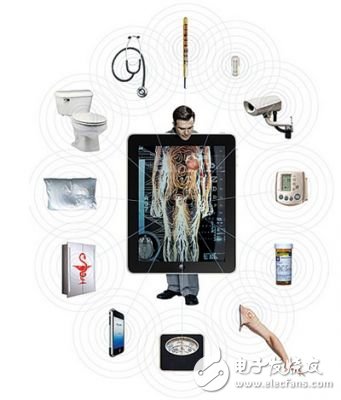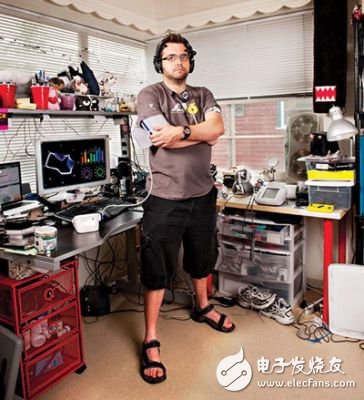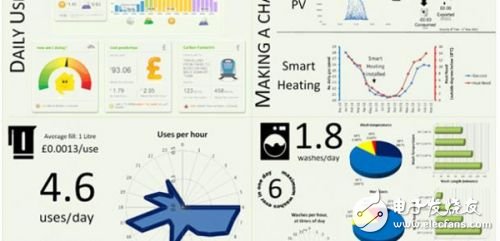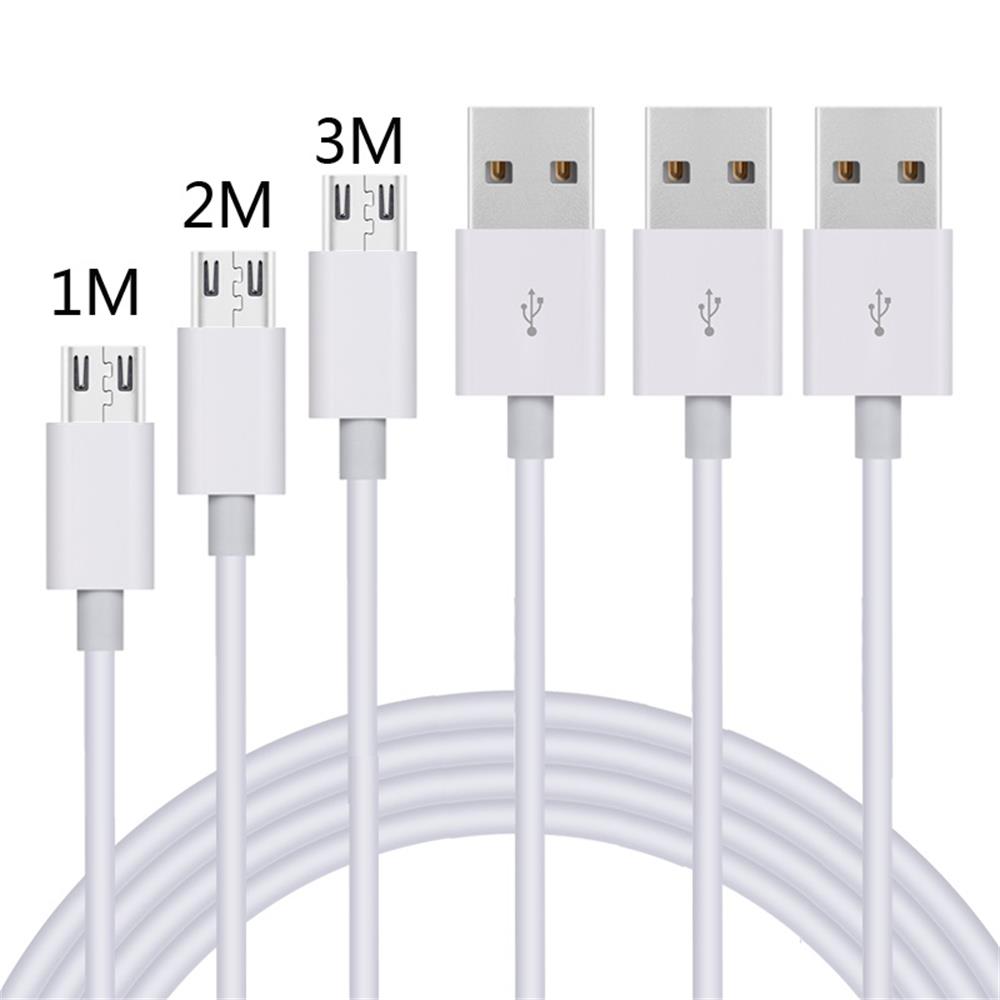Wireless technology is about to revolutionize the medical field. In the future, seeing a doctor will no longer be a painful thing.
Imagine a world where your medicine box notices that you should renew your prescription and call to make an appointment for you; implant a sensor under your skin to detect fluid accumulation in your lungs and alert your doctor; you The doctor decides that your heart disease prescription needs to be adjusted, and then contact the pharmacist to change your dose. At the same time, the sensors in your toilet confirm that your body is well-adapted to other medications, but there are signs that you may be on the verge of diabetes. Your doctor understands these readings and your family history and recommends that you change your eating habits. In view of this, the weight meter in your bathroom asks you to enter a weight loss goal and start giving you a regular progress update. Medical examinations are not something that happens once a year. It happens every day, just as you carry out your daily life.
If this ubiquitous monitoring and intervention makes you feel a little scary, think about it: it can prevent heart attacks, strokes or other sudden illnesses. It keeps you away from the hospital, saves you money, and spends on the national health care system.

A bathroom with health detection is not available in science fiction. This is what health care will look like in the next 10 years, at least in some areas. Perhaps it is too optimistic to predict that such dramatic changes will occur in 10 years. However, the necessary technology already exists or is close at hand, and the need to reduce medical costs is real, and the current health care system does require reform. More importantly, the voices of different groups of individuals and organizations supporting wireless healthcare are increasing, including consumer groups that want to better manage and measure their health, such as “QuanTIfied Selfâ€. And Health 2.0, they sponsor competitions to drive the development of new healthcare applications and devices. Also involved are non-profit organizations such as the West Wireless Health InsTItute in La Jolla, Calif., where we are committed to reducing healthcare costs through medical technology innovation. . The Leading Age Center for Aging Services Technologies, a non-profit organization, is working to improve the quality of life of older people. For three consecutive years, the National Institutes of Health (NIH) hosted the Global Mobile Healthcare Summit, which examined the impact of mobile communication technologies on the provision, research, business, and policy of health care services. In addition, hundreds of startups are exploring short- and long-term solutions to reform the delivery model for healthcare services.
Change is happening. Yes, there is a technical reform in the healthcare system, and some have already predicted it; but we are now at a turning point, at this moment, wireless connectivity, personal mobile devices, ubiquitous sensing technology, social Both network and data analytics technologies are mature enough to make wireless healthcare a reality. Moreover, the desire to reduce the burden of heavy health care has never been stronger. At present, new equipment has enabled diseases such as diabetes and chronic heart failure to be closely monitored outside the doctor's office, and tools to track chronic kidney disease and various lung diseases will surely follow. Ultimately, most health care services don't happen when you see a doctor, but at home, in the car, and in the workplace.

The picture shows engineer and hacker Kyle Machulis, who is a self-moving participant in data. The data self is a kind of exercise that quantifies all aspects of personal life. Participants use various electronic devices (such as testing equipment and software) to record their blood pressure, heart rate, blood oxygen level and other physiological and emotional conditions, as well as the surrounding environment. Air quality, temperature and humidity, etc. Another "health 2.0" concept refers to the use of Web tools, in line with the principles of open source and user-generated content, with the power of the network to achieve personalized health care services and cooperation and health education promotion. Think of Health 2.0 as a social health care.

A statistical graph of household energy use in the data self-sports.
What a systemic change might mean
A pilot program initiated by the US Department of Veterans Affairs allows us to know in advance what a systemic change might mean. In 2003, the US Department of Veterans Affairs began to connect veterans with chronic diseases with nurses and other health care professionals with simple communication devices and occasional video conferencing. The program is one of the largest of its kind in the world, and under its implementation, 71,000 veterans receive daily monitoring of conditions such as diabetes, heart disease, and post-traumatic stress disorder.
Micro Data Line is a portable version of the Data Line 2.0 standard. The Micro data cable has a smaller interface than the Mini data cable used in some mobile phones, and is the next generation of Mini data cable specifications. This data line supports OTG and is 5PIN like MINI data line. Micro-usb supports OTG and, like Mini-USB, is also 5PIN. The definition of Micro series includes Micro-B series slots for standard equipment; Micro-ab slots for OTG devices; Micro-a and micro-B plugs, and cables. The Micro series is unique in that they include a stainless steel case that can be inserted and removed for 10,000 times. Compared with the Usb Cable Type C, the Type-C interface is plugable, but the Micro USB interface is not.
Micro-usb connectors are smaller and space-saving than standard USB and Mini-USB connectors, with up to 10,000 plug and remove life and strength, and a blind plug structure design. The Micro-USB standard supports the OTG functionality of current USB, that is, in the absence of a host computer (for example, a personal computer). Data can be transferred directly between portable devices, compatible with USB1.1 (low speed: 1.5Mb/s, full speed: 12Mb/s) and USB 2.0(high speed: 60Mb/s). Provides data transmission and charging at the same time, especially suitable for high-speed (HS) or higher data transmission, is the best choice for connecting small devices (such as mobile phones, PDAs, digital cameras, digital camcorders and portable digital players, etc).

Micro Usb Cable,Usb Charging Cable,Micro Usb C Cable,Braided Micro Usb Cable
Henan Yijiao Trading Co., Ltd , https://www.yjusbhubs.com